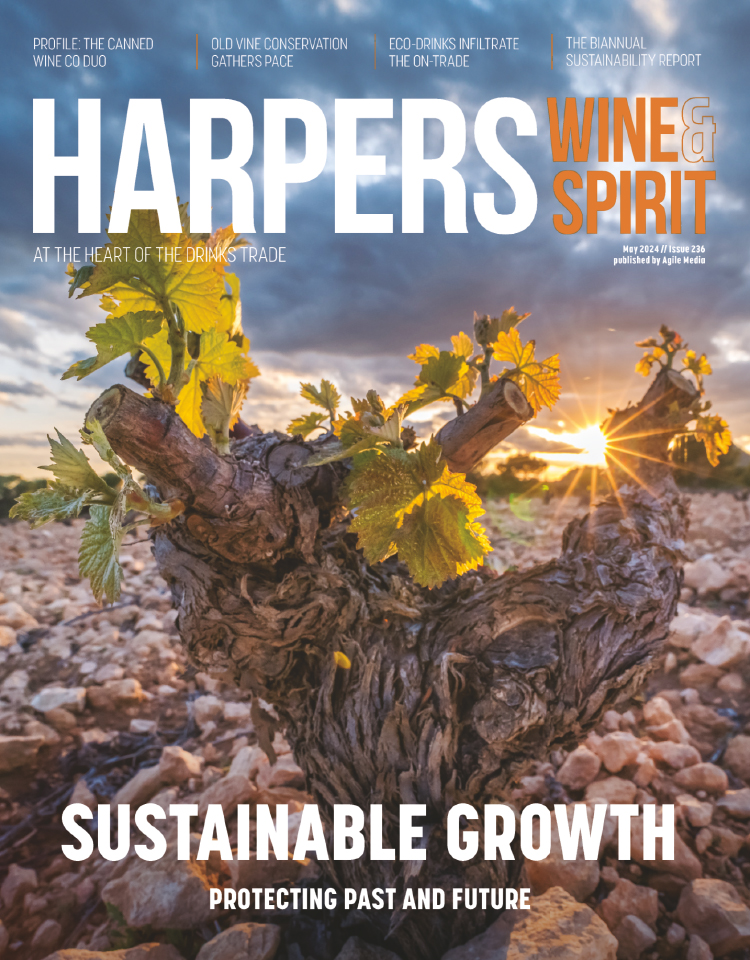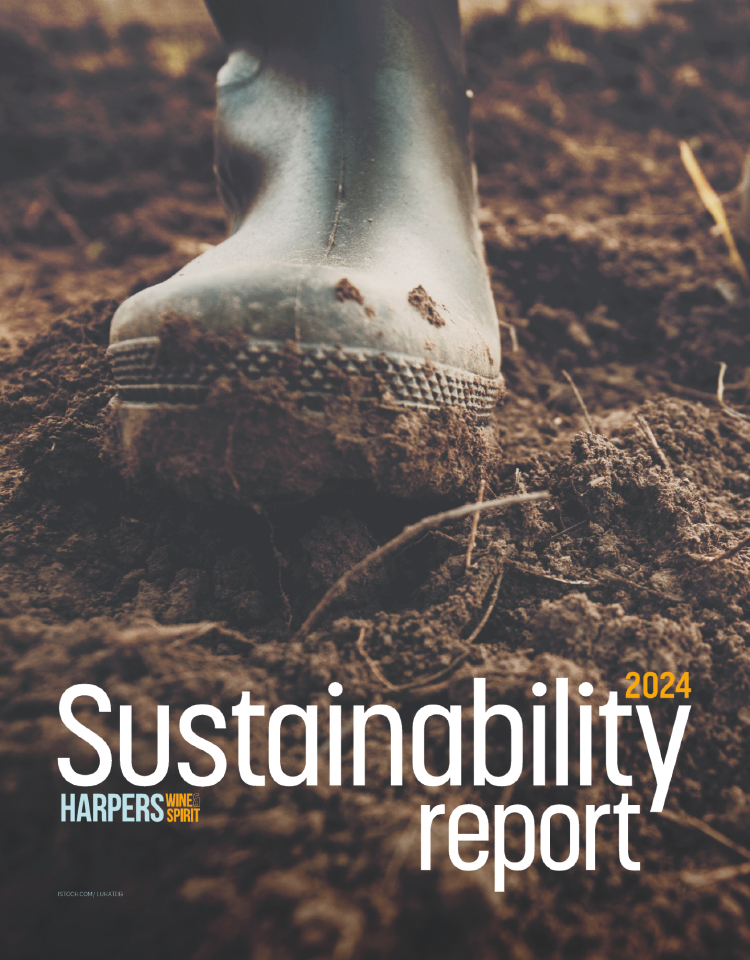
New Zealand supplies back in full flow at autumn tasting
New Zealand touched down via the country’s autumn tasting in London yesterday (14 November), where winemakers were celebrating a bumper harvest in 2023 and the knock-on effect, which has provided a boost to the world’s wine supply at a time when the global crush is at an all-time low.
The New Zealand Winegrowers’ New Release Tasting in St James’ convened a number of winemakers and export managers, where a mixture of new releases, from the 2023 harvest to more aged versions from 2019, were on show.
It’s been a relatively good year for New Zealand. While Cyclone Gabrielle took a major toll back in February, the 2023 harvest delivered dividends, with New Zealand wines experiencing strong growth in the UK since the new duty regime was implemented. After the August announcement, prices inevitably rose. However, the latest five-week Nielsen data to 23 September shows that New Zealand wine is outperforming the total market with growth in both value (+9.7%) and volume (+4.1%), while total market volumes are in decline. The average price of New Zealand wine sits at £8.62 compared to the total market £6.85.
- Read more: New Zealand exports on the rise
“Sales are up for New Zealand since the duty rises in the UK,” Chris Stroud, market manager UK Europe, New Zealand Winegrowers, told Harpers. “Our prices went up last year, because of the harvest shortages [in 2021]. But this year, everyone’s prices have gone up with duty, so it’s a level playing field. Another duty rise in the upcoming budget could push our average prices over £10, but it really comes down to what the consumer is willing to pay, and they have been willing to pay more for quality New Zealand wine recently.”
He added that “customers are now coming back to New Zealand. For a year or two, we didn’t have the volume, but now, New Zealand is coming back to shelves and we’re performing well”.
Elsewhere, producers were looking to show off their new releases in a number of different guises.
In Marlborough, the Wairau Valley and Gimblett Gravels, Saint Clair Family Estates has a number of different ageing structures across their various tiers. This includes the Lake Chalice Plume Pinot Noir, where the 2017 is the latest release, but also for the higher tier Sauvignon Blanc 2022.
The estate boasts around 500ha between a mixture of owned vineyards and growers, making it a medium-sized estate for New Zealand, but large for a family – and with a “small-business approach”, explained Laura Young, European market manager for Saint Clair Family Estates.
She added: “Each parcel is vinified separately, then either ends up in a single vineyard or blend, so we’re really aiming for an artisanal approach.
“We’re also looking at older vintages and having a conversation about maybe ageing New Zealand wine. I think a lot comes to the market ready to drink, but for me, they’re maybe a bit young. For Sauvignon Blanc in the higher tier, it still has amazing freshness, but with a bit of maturity. A lot on the market still feel like babies to me, they’re still slightly hyperactive.”
Meanwhile, Babich, which also has 500ha across its estate, has a growing organic focus, which currently accounts for 20% of production. This includes organic rosé, which remains quite unusual for New Zealand.
“It’s a big change” says Riki Hutchinson, business development manager for the UK and Europe (pictured). “New Zealand isn’t really known for its rosé, but Pinot Noir single grape rosés and blends now account for 20-30,000 9L cases annually, against 600,000 total, working up from a standing start during the mid-2010s.”
The winery is also among those looking to offer distinct stylistic differences across various soils.
The year 2023 was particularly great for Babich, which has pronounced ripe fruit characteristics ranging from the herbal and savoury to fattier, richer iterations such as the premium tier Black Label, aimed at the premium on-trade.
“With Sauvignon Blanc, I think we’re trying to move away from it being sold just as a consumptive product, where we have it just because we know everyone will drink it. There is a joy factor with these wines. If I was to put [the classic label] next to a person who would exclusively drink Sancerre and Pouilly-Fumé, they’re going to drink that because it’s in their style palette. If you have someone who wants something rich with food, they’re going to come to the Black Label and they’re going to they’re going to be satisfied with that,” Hutchinson concludes.
Hutchinson also talked about the stream of lower abv wines slowly making its way into the UK market. While there did seem to be lower abvs (lower than usual) at the tasting, several producers, including Hutchinson, said it’s something that can't be achieved overnight.
“It’s something we’ve been looking into for years, not just for the UK but for all markets, which number 56 for Babich. We can’t just lower our abv because the chancellor wants it. It’s a long-term goal for us. We want to get it right,” Hutchinson concluded.









